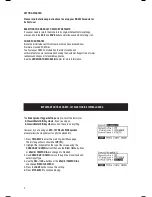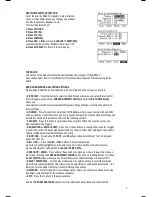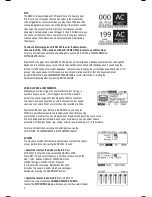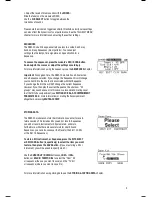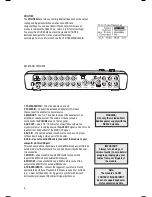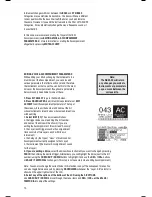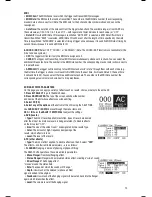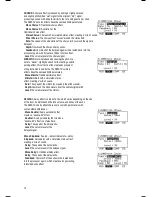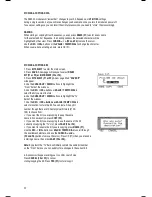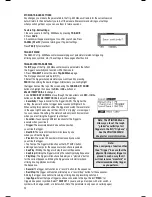
• LVL (F2, 1st page):
• Level: The volume level for the selected Layer
(
01-99 or “OFF
”).
•
Pan:
The panning for the selected Layer (“L50” to “MID” to “R50”).
•
Attack:
The volume level of the initial attack of the note (00-99).
This parameter is only available when editing Accompaniment.
•
Decay:
How long the sound can be heard before decaying to
silence (
00-99 or “OFF
”).
Note: Setting this parameter to “
OFF
” disables the Decay parameter
and the sound will be heard for its entire duration with no “shaping.”
• FX (F3, 1st page):
•
Reverb:
The amount of reverb on the Voice (00-99).
•
Effects:
The Voice volume level sent to the RBM-20’s
effects processor (00-99).
•
EQ/Comp:
This sends the Voice to the RBM-20’s
equalizer and compressor (“ON” or “OFF”).
• TONE (F1, 2nd page):
•
Semitone:
Tunes the Instrument ±12 semitones.
•
Fine Tune:
Tunes the Instrument ±50 cents.
•
Filter:
The cutoff frequency for the type of filter
(see below) (00-99).
•
Type:
The type of filter (“LOPASS” or “HIPASS”).
• DYN (F2, 2nd page):
•
Vel>Decay:
The velocity of a note will control
the decay time of its sound (±00-99). With a
positive value, higher-velocity notes will have a
longer decay time. With a negative value,
higher-velocity notes will have a shorter decay
time.
•
Vel>Filtr:
The velocity of a note will control the
filter cutoff (±00-99).
•
Vel>Level:
This lets you set how velocity-sensitive the Instrument
is (00-99). The higher the setting, the greater the dynamic range you’ll have while playing. At
“00,” there will be no dynamic variation at all.
•
Vel>Pitch:
The velocity with which you strike the trigger will control the sound’s pitch (±00-
99).
With a positive value, stronger hits will increase the pitch. With a negative value, stronger hits
will decrease the pitch. (This parameter is not available for anything in the
BASS
or
SYN
BASS
Categories when editing the Accompaniment.)
11




